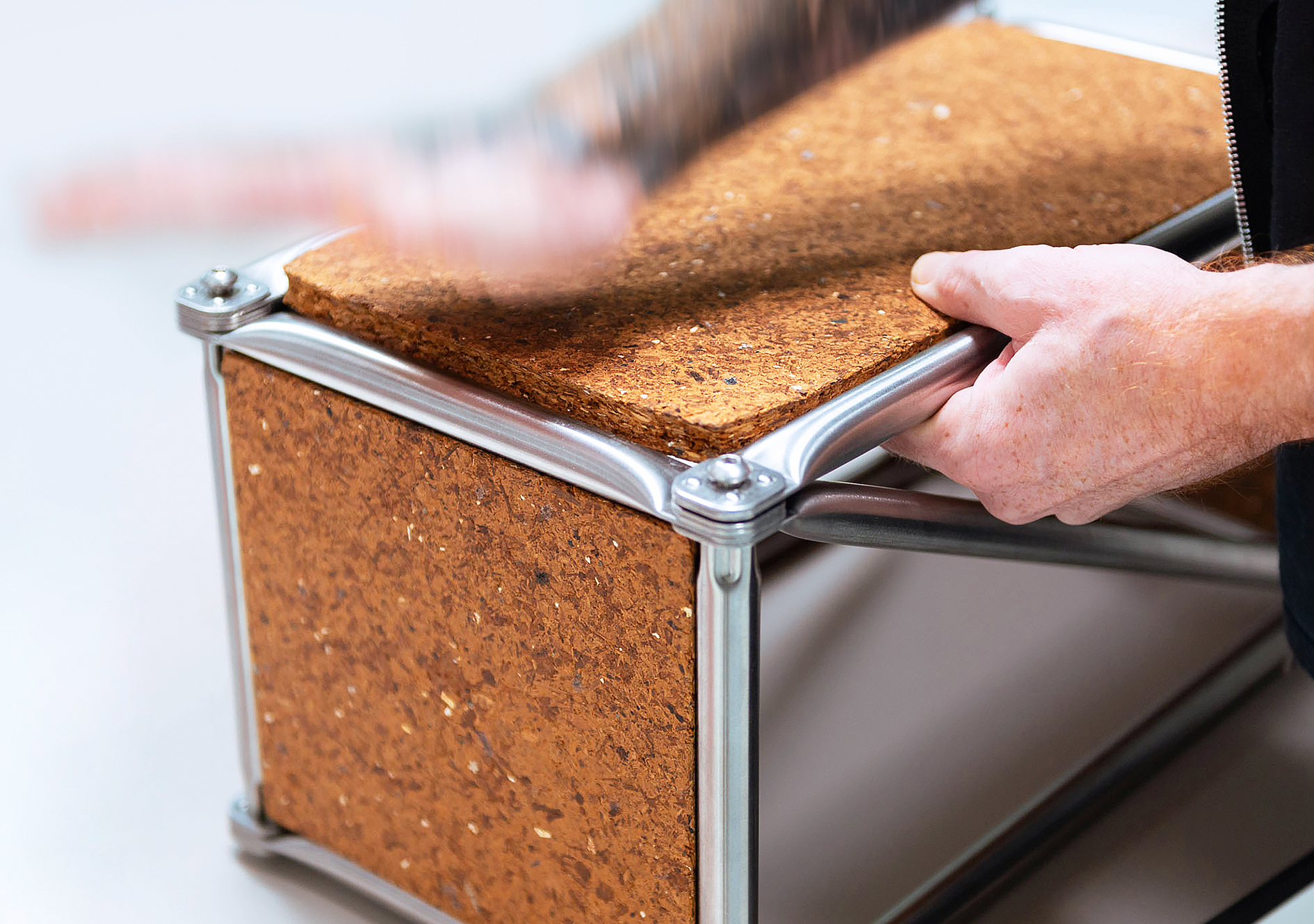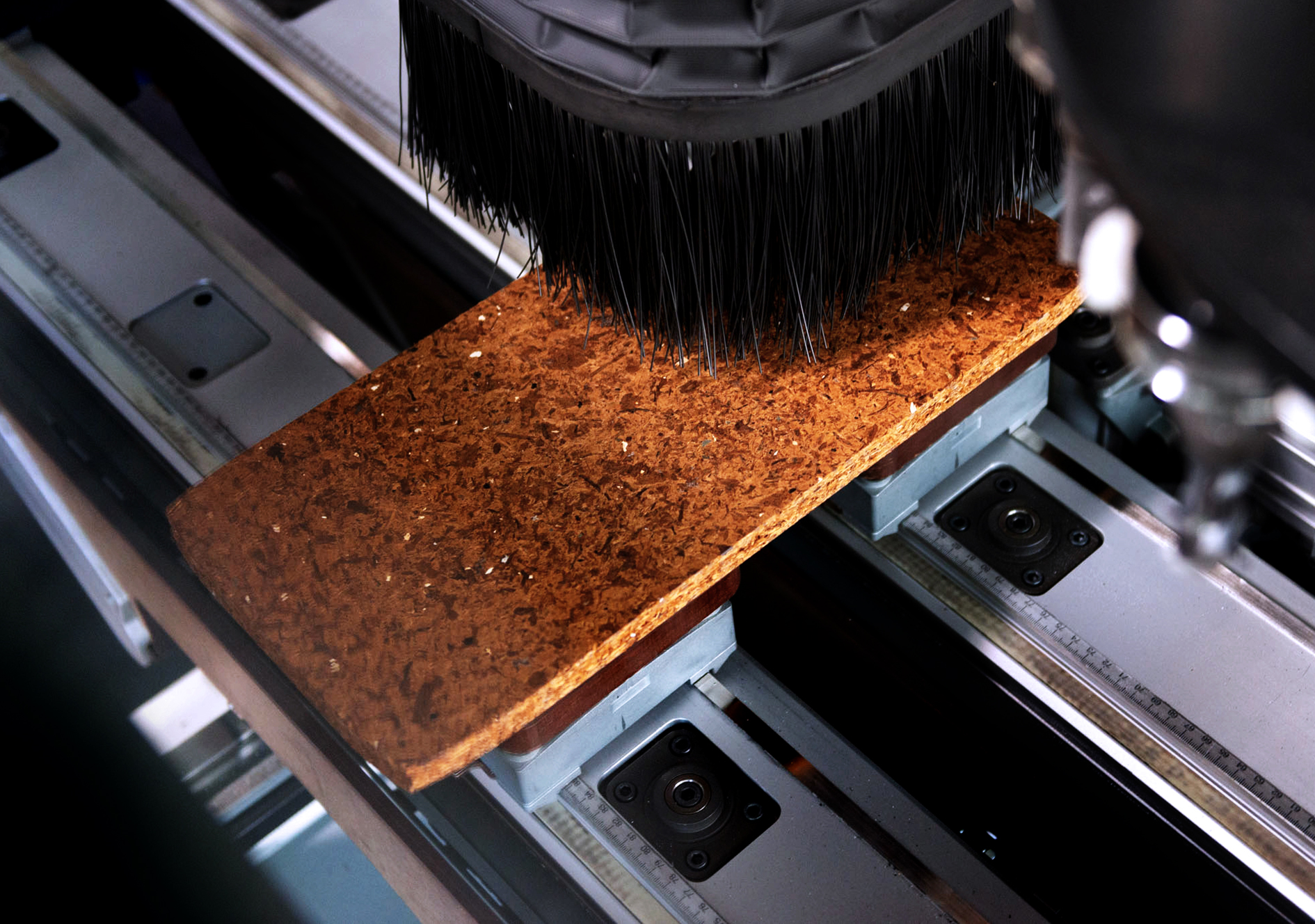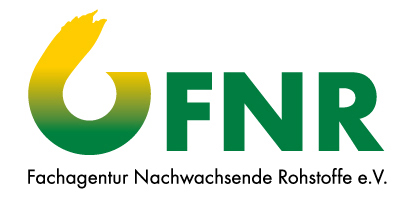From Residual Material to Raw Material: Particle Boards Made from 100 Percent Waste Wood
An innovative chemical process developed by the Fraunhofer Institute for Applied Polymer Research IAP enables the complete recycling of particleboards. In collaboration with the Eberswalde University for Sustainable Development HNEE, System 180 GmbH, and PreZero Holz GmbH, the institute has demonstrated that new wood components can be produced without the use of virgin material. The project was funded by the Agency for Renewable Resources FNR through the Federal Ministry of Food, Agriculture and Home Affairs BMLEH.


Particleboards have become indispensable in the construction and furniture industries. They offer high dimensional stability, efficient processing, and optimal material utilization. Until now, however, their lifecycle usually ended with incineration. The Fraunhofer IAP has now developed a chemical recycling process that enables 100 percent reuse of wood-based panels – without adding new wood chips or adhesives.
Chemical recycling in practice: from old cabinet to new board
In the project "Recycling of Wood-Based Particleboards (ReSpan)", a comprehensive material recycling concept for wood-based panels was tested. "We take wood from used furniture or building components, shred it, treat it in a novel process with a specially developed recycling agent, and press it into new, dimensionally stable boards," explains Dr. Mathias Köhler of Fraunhofer IAP, who coordinated the project. "What makes it special is that the originally used resin adhesive is partially dissolved and specifically reactivated by the agent. About 95 percent of the recycling agent can be recovered and reused multiple times without losing effectiveness," Köhler continues. This chemical process has already been successfully scaled up at Fraunhofer IAP‘s synthesis pilot plant at the Fraunhofer Pilot Plant Center for Polymer Synthesis and Processing PAZ.
The recycled mass was then processed by the researchers into particleboards. This step can be carried out using conventional equipment. Together with project partner System 180 GmbH, a furniture demonstrator was produced to showcase the practical applicability of the process. Emission measurements were carried out by HNEE. Further adjustments of the material for construction applications are currently in progress. PreZero Holz GmbH analyzed sorting strategies for waste wood and evaluated the economic feasibility of the process. Pfeifer Holz Lauterbach GmbH acted in an advisory capacity, contributing its expertise in the industrial processing of particleboards.
Partners wanted: sorters, recyclers, resin producers, wood processors, furniture manufacturers
The process developed in the project is particularly suitable for the production of wood-based panels in construction, as well as for furniture manufacturing. System 180 GmbH sees great potential in the method: "For us as a manufacturer of customized furniture solutions, the process opens up new ways to combine sustainable design with functional quality. The use of material boards made from recycled wood could be an ecological as well as aesthetic advantage in the future," says Francesco Coccia, Head of Marketing at System 180 GmbH.
To transfer and further develop the process for industrial applications, the consortium is actively seeking new project partners: "We particularly invite sorters and recyclers, as well as manufacturers of resins, wood-based panels, or furniture, to participate," explains Köhler.
Circular, low-emission, practical – support for industry
The pressure on the industry is increasing: building materials and furniture must not only be durable but also recyclable in the future. At the same time, regulatory requirements for emissions and safety are becoming stricter. Fraunhofer IAP therefore provides targeted support in the development of circular products: "In addition to developing materials and resins and optimizing material properties, we also assist companies in meeting regulatory requirements – for example, with regard to low emissions, improved fire properties, or the mechanical strength required for construction applications," says Köhler. "What was once considered residual material can now become a valuable raw material for industrial processing – all without virgin material," Köhler concludes.
"If waste wood can be kept in the material cycle, the demand for fresh wood can be significantly reduced, making a real contribution to resource conservation. The project demonstrates how such material cycles can be established in the construction sector – a goal we are consistently pursuing with the timber construction and circular economy strategy of the BMLEH," states Dr.-Ing. Andreas Schütte, Managing Director of the Agency for Renewable Resources FNR.
Last modified:

